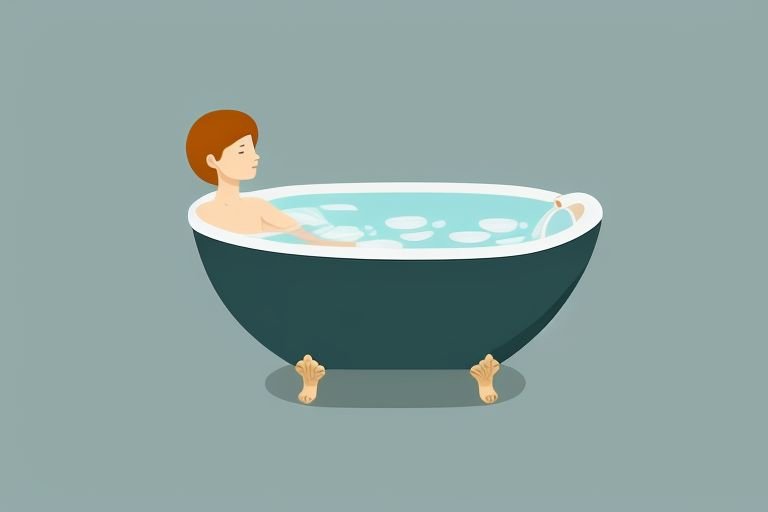Body basics: A guide to effective bathing
Maintaining good hygiene is essential for overall health, and bathing plays a crucial role in cleansing the body. This guide offers practical tips on effective bathing techniques, including choosing the right soap, understanding how often to bathe as well as paying attention to water temperature. Discover simple yet impactful steps to ensure a thorough and beneficial bathing routine for a cleaner and healthier you.

1. Back to the root of the problem: Types of dirt on body
To cleanse the body thoroughly, it is essential to understand what we are doing. Many cleaning products on the market, such as soap, shower gel, and scrub, can eliminate various types of dirt on the body. Set aside concerns about specific cleaning products and focus on three fundamental elements that need cleaning.
- The first involves dirt from unknown sources, even if you remain in a clean environment.
- The second concerns dead skin continuously shedding.
- The third pertains to the oil beneath the skin, not just on the surface.
2. Knowing why we get dirty on body solves the problem
Dust and dirt tend to adhere to the skin due to two reasons: they have inherent adhesion, and the skin’s oils protect it from environmental damage, allowing dirt to mix with oils. To effectively clean grease, sweat, and dirt, use compounds that break down grease such as soap. However, the choice of soap should prioritize its ability to break down oil and leave no residue.
3. Wash less often, but cleanly

Consider how often you truly need to bathe – no more than 3-4 times a week. Recent studies indicate that almost 60% of people bathe daily, but evidence suggests that less frequent bathing may help the body clean itself more effectively. This is because shampooing too often strips the natural oils from your hair, prompting the body to produce more oil. However, individuals with excessive sweating or oily skin may need more frequent showers.
4. Choose a good soap

When selecting soap, prioritize three key aspects: it should wash away dirt, remove grease, and rinse off without residue. Perform a simple test using a clean glass and cold grease to determine soap quality. For those with dry or chapped skin, choose soaps with medicinal ingredients, while others can opt for products with natural or organic components.
5. Exfoliates dead skin
Most odors arise from dead skin. Use a scrub or loofah containing ingredients such as walnut shells or sugar to eliminate dead skin cells. Ensure proper cleaning of the loofah, as it can harbor bacteria. Alternatively, create a simple exfoliating scrub with granulated sugar, olive oil, and honey.
6. Pay attention to the water temperature
For deep cleansing, take a hot bath to open pores and remove accumulated dirt. However, avoid excessively high-water temperatures, as they can dry out the skin. Before concluding the bath, take a brief shower with cool water to tighten the skin, shrink pores, and prevent dirt from reattaching.
7. Wash every corner fold on your body
Scrub the skin with a rough sponge or towel, focusing also on areas prone to bacterial growth. Pay special attention to underarms, behind the ears, under the chin, knee sockets, and gaps between the legs. Ensure thorough drying to minimize sweat after bathing.
8. Before taking a bath, steam your face

As a separate step from bathing, steam your face with a hot towel and a drop or two of peppermint or tea tree oil. This helps open pores and remove toxins without damaging the skin.
9. Wash your hair three to four times a week

Wet your hair thoroughly, apply a coin-sized amount of shampoo, and massage the scalp for 1-2 minutes. Rinse thoroughly, ensuring no slippery residue, and follow with conditioner if necessary.
10. Dry yourself thoroughly
After bathing, use a clean, dry towel to dry your body promptly. Residual moisture on the skin can irritate and abrade the skin.
Conclusion

Incorporating these bathing practices into your routine can lead to a cleaner, healthier body. Remember, it’s not just about the products you use but also understanding your body’s needs. By adopting these tips, you’ll not only enhance your hygiene but also promote overall well-being. Enjoy the refreshing benefits of a mindful and effective bathing routine.
Leave a Reply